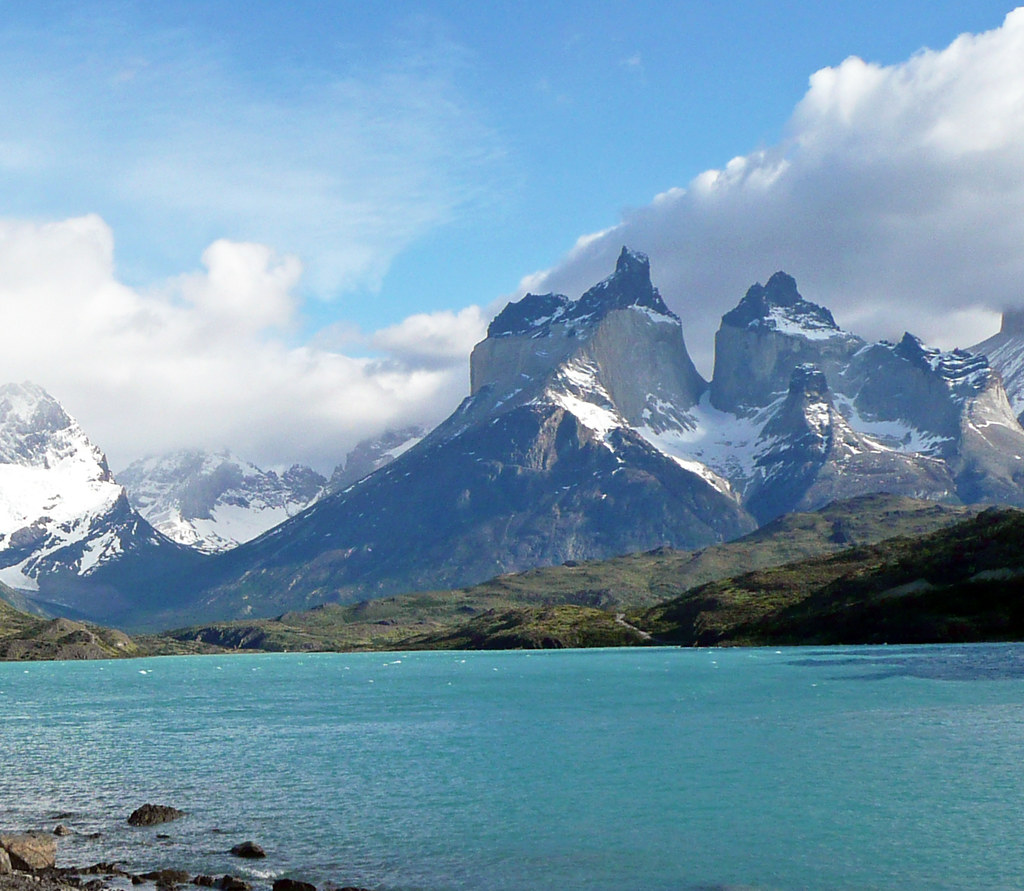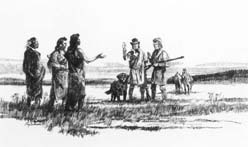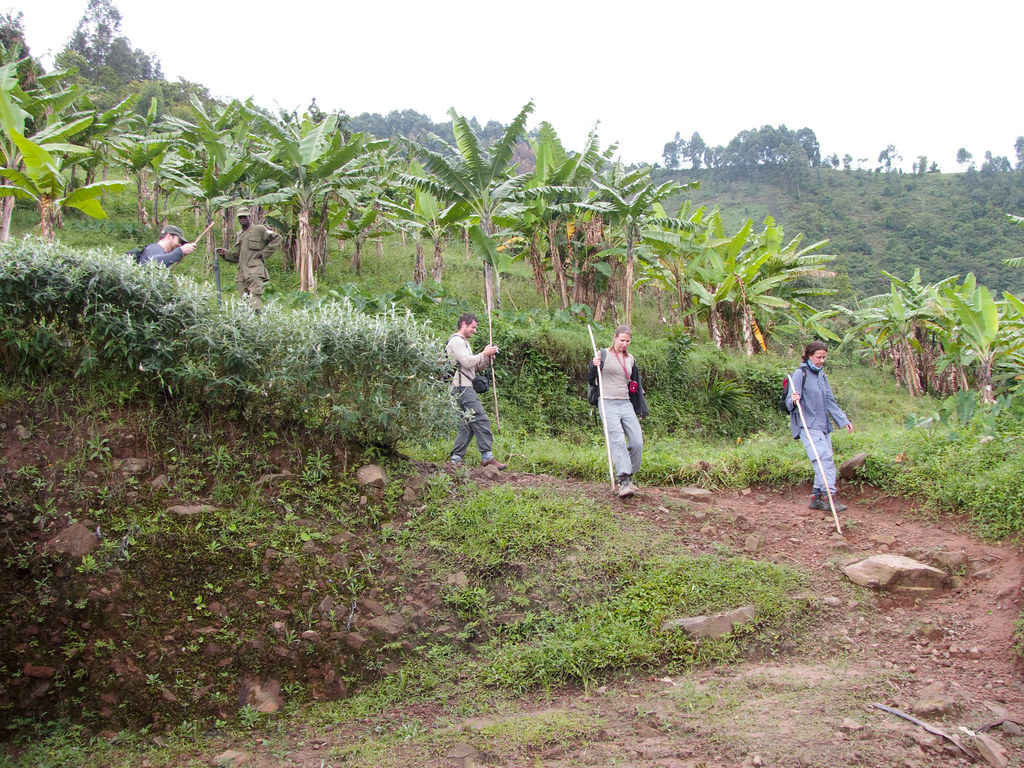Have you ever witnessed a scene so breathtaking that you thought it was a painting? Many visitors to Torres del Paine National Park, a UNESCO biosphere reserve in southern Chile, experience this awe. This park boasts some of the most stunning scenery on earth, from massive glaciers and lush forests to towering granite peaks and turquoise lakes. Whether you’re seeking a challenging trekking adventure, a relaxing cruise, or a wildlife encounter, Torres del Paine has something for everyone. Here are some highlights and planning tips for visiting this magical place.

Three Towers
The most famous component of Torres del Paine is its three serrated towers, which is the name of the recreation area. These are the remaining parts of gigantic rock mountains cut from ice sheets more than great many years. The most ideal way to notice them very close is to climb along the well known Las Torres Base Path, a 12 mile full circle course that will take you to the foot of the pinnacle and the frigid lake. Climbing is very challenging, requiring around 8 hours, however the prizes are worth the effort. You will be flabbergasted by the landscape of the pinnacle and the encompassing mountains, particularly at the crack of dawn or dusk.
W and O circuits
If you’re up for an adventure, consider embarking on an extended hiking trip around the park. The W trek is a 50-mile route that takes four to five days and covers the park’s main attractions, including the towers, French Valley, and Grey Glacier. The O Circuit is an 80-mile extension that adds a section behind the towers and around the John Gardner Pass, offering breathtaking views of the Southern Patagonian Ice Field. Both treks require advance booking and camping permits, which can be obtained online or at the park entrance. You can also stay at Refugios, basic lodges with beds and meals, or at hotels outside the park.
Wild animals
Torres del Paine isn’t just a heaven for explorers, yet additionally a heaven for natural life devotees. This park is home to more than 100 types of birds and 25 types of warm blooded creatures, a large number of which are jeopardized or endemic. You can see protozoa eating on the meadow, which are direct relations of llamas, or the top hunters in the recreation area, mountain lions, following their prey. You can likewise see bald eagles, flamingos, cougars, and woodpeckers. The best opportunity to notice wild creatures is in the early morning or night, when they are more dynamic and less impacted by human impedance. You can likewise join a local escort or untamed life park to take you to the best places to notice untamed life.
Glacier
One more feature of Torres del Paine is the noteworthy glacial masses that cover around 12% of the recreation area’s region. The biggest and least demanding to reach is the Dim Glacial mass, which is essential for the South Patagonian Ice Sheet, the world’s third-biggest ice mass. You can see the ice sheet from various points along the W track, or you can take a boat visit to the front of the glacial mass where you can see chunks of ice blasting into the lake. You can likewise kayak or climb on the icy mass, however you want to book these exercises with an authorized administrator.
Weather
One thing to remember when visiting Torres del Paine is the unpredictable weather. The park is located in an area influenced by Pacific and Antarctic winds and storms, meaning the weather can change rapidly and dramatically. You can experience all four seasons in one day, from sunny and warm to cloudy and cold, or from calm and sunny to windy and rainy. The average temperature in summer (December to March) is 11°C (52°F), while in winter (June to September) it is 3°C (37°F). Wind speeds can reach up to 120 kilometers per hour (75 miles per hour), making some trails dangerous or impassable. The best time to visit the park is in spring (October to November) or autumn (April to May), with stable weather and fewer crowds.

Reminder
To make the most of your trip to Torres del Paine, here are some tips to help you plan and enjoy your stay:
-Book your accommodation, transportation, and activities in advance, especially if you visit during the peak season (December to February).
-Pack multiple layers of clothing, waterproof jackets, hats, gloves, sunglasses, sunscreen, and hiking boots. If you are camping, you also need a sleeping bag, a tent, a stove, and food.
-Bring sufficient money, as there are no ATMs in the recreation area and a few spots don’t acknowledge Visas.
-Follow the rules and regulations of the park, such as staying on the trail, disposing of garbage, and not starting a fire. Parks are very fragile and prone to wildfires, so be careful and responsible.
-Enjoy the beauty and diversity of Torres del Paine, and don’t forget to take many photos and memories with you.
Related posts:
Torres del Paine National Park – Wikipedia
11 Breathtaking Photos from Torres del Paine National Park
Torres del Paine National Park (Official GANP Park Page)





